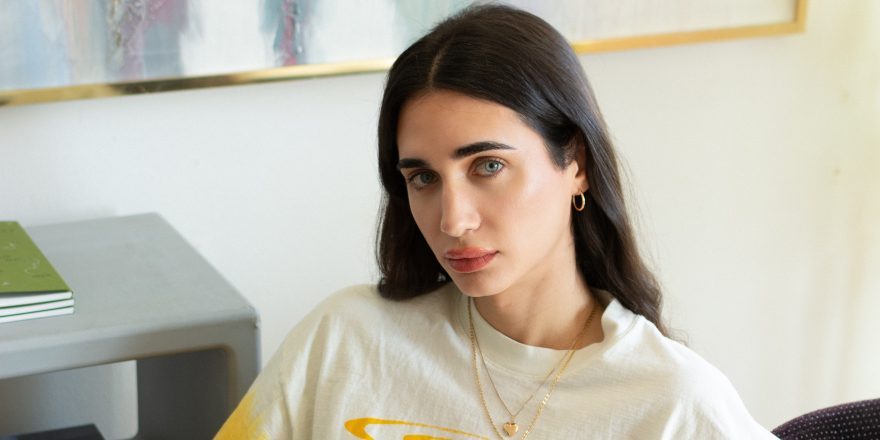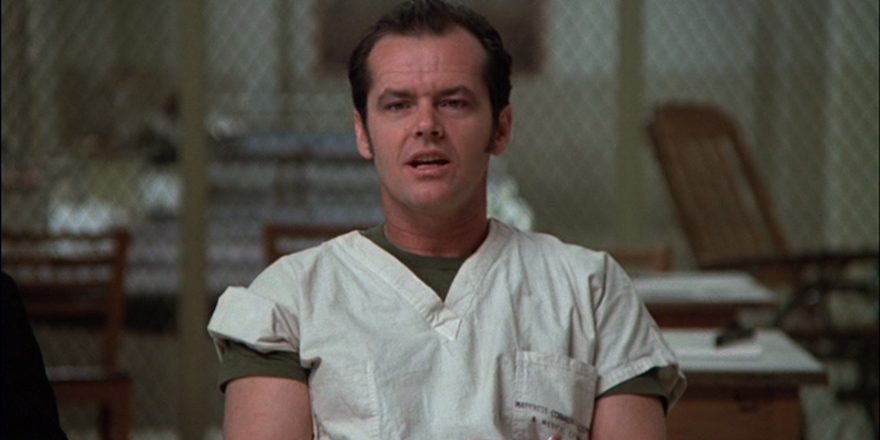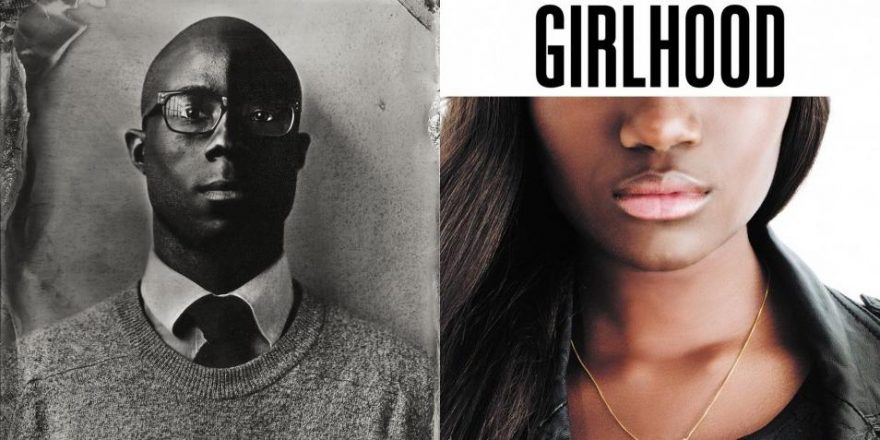In her now infamous and much shared, memed and done-to-death clip, Julia Fox once proclaimed herself Josh Safdie’s muse in Uncut Gems. The muse has classically been a figure that hides in the shadows, and rarely proclaims herself as such. Names like Shelley Duvall, Edie Sedgwick and Zelda Fitzgerald come to mind. She waits for the artist, usually male, to discover her, to see the special in her, and allows him to find the inspiration he is seeking. Once that need has been sated, and the work complete, she, the muse, rarely gets her due, nor her flowers from either the artist who she inspired or the industry that seeks to suck the inspiration dry. The muse falls into obscurity, honoring the unspoken agreement to never announce herself. And this is what makes Julia’s proclamation so bold. We witness a woman announce herself as the source of inspiration, not with shyness or self-consciousness, but with pride and certainty.
When Julia (who is an executive producer on my debut feature film, Something You Said Last Night) and I do press together, of course the idea of muses comes up. In one interview, a reporter asked, “Who is Luis’ muse?” and Julia replied, without missing a beat, “Herself.” I was struck, a bit embarrassed, as the boldness of that statement feels uncomfortable. I’ve been doing press since the film premiered at the Toronto International Film Festival in 2022 and never have I announced myself as the source of inspiration for my work so brazenly. I often credit my family, friends or even “experiences in my life” as inspiration for certain elements of the work, but to announce myself as the source of my own inspiration – that is too big a statement for me to utter.
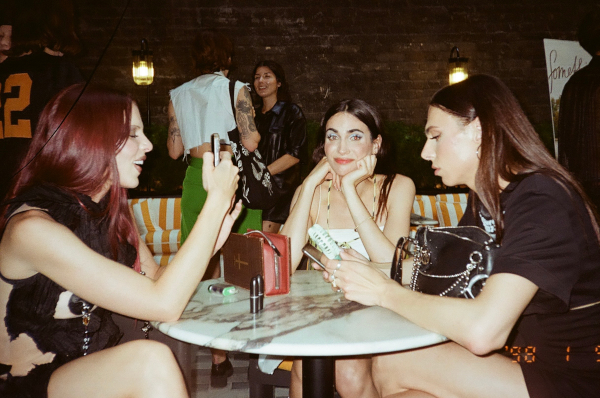
By announcing myself as the muse of my own work, I am stating two things. One, that I find myself interesting and valid enough to pour money, time and the work of countless artists and creators into. And two, I have the audacity to not wait for someone to “notice” me. My immediate reaction is to recoil at the thought of being too big, of taking up too much of someone’s time.
As reviews come in for my film, I am reminded that a woman being her own muse is a concept that society often struggles to understand. Many of the critiques of the film accuse it of being too slow, or superficial, or harp on Renata (the protagonist) as being insecure, rude and/or unlikeable; most of these are written by men. Ren isn’t anyone’s muse, she isn’t looking for validation or to be discovered. She is a trans woman moving through the world in the way she sees fit and knows that she deserves much more than any man is willing to give. Renata is not waiting to be chosen; she chooses herself.
Similarly, when I examine the filmmakers who inspire me, they in their own ways are their own muses. Andrea Arnold, Céline Sciamma, Sofia Coppola, Naomi Kawase, Lucrecia Martel – the list could go on, and examples branch out into other art forms and practices in the way of Frida Kahlo and Colette, for example. These are women who bet on themselves, who tell their stories in the way they want, and are undoubtedly their own muses.
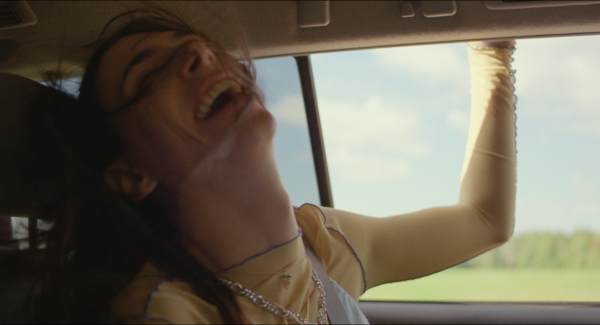
This idea of being one’s own muse is, upon reflection, something I seek out in all of my collaborators, most of whom are women. I have never been able to name it, but that quality is there. It’s present in costume designer Mara Zigler when she picks out the perfect gold charm for Siena from her own collection of jewelry and borrows her mother’s chunky gold choker for the matriarch of the film, Mona. It’s there when makeup artist Jordan Giang paints Mona’s face and, on closer inspection, I recognize small hints of her own makeup on actor Ramona Milano’s face. Or the way sound designer Gina Keller kneads collected sounds from her own life into the film, for she always travels with a recorder. And in the way editor Noemi Preiswerk stands up for Renata, Siena and Mona that makes me believe she’s known these characters her whole life. Not to mention the way that actors Carmen Madonia, Paige Evans and Ramona Milano shed layers of themselves to reveal truly raw and incredible performances inspired by something within. Or the way that lead producer Jessica Adams never takes no for an answer, and is single-handedly self-distributing this film in the United States because she believes in the work. And the originator of the “being your own muse” movement herself, Julia Fox, is currently launching her memoir, Down the Drain, and deems it, without irony, a masterpiece.
As women artists, we have always been our own muses. maybe that’s not a new concept, but instead what is new is the call to action to find the unabashed audacity to proclaim ourselves as such. Waiting to be someone’s muse is out, and announcing ourselves as our own muses is in. So take a breath and say it with me: “I am my own muse.”
Featured image of Luis De Fillipis by Mar Marriott; all images courtesy Luis De Fillipis.


